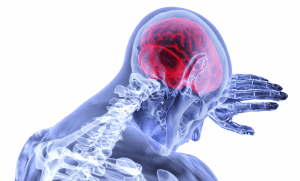
Our new study “Empathic pain evoked by sensory and emotional-communicative cues share common and process-specific neural representation” published in eLife suggests that pain empathy evoked by observation of acute pain inflictions and facial expressions of pain share common and pain-specific neural representations. In addition to traditional univariate analyses, we employed extensive multivariate pattern analyses, which highlighted common representations centered largely on the bilateral mid-insula. In a further validation step, we showed that the domain-general vicarious pain pattern did not respond to non-painful high-arousal negative stimuli but predicted self-experienced thermal pain.
Continue reading “Empathic pain share common neural representations”










